‘Melbourne Cool Lines’ runner up at international Rethinking the Future Awards 2022
‘Melbourne Cool Lines’ reimagines Melbourne’s inner north and west, using innovative local solutions to address the urban heat challenges affecting our cities. The urban heat island affects human health, particularly for vulnerable populations. It can also increase stress, hospital admissions, mortality and traffic pollution.
The project – created by XPACE architecture + urban design, Monash Architecture and the CRC for Water Sensitive Cities – was runner up in the Urban design (concept) category at the recent Rethinking the Future 2022 Awards.
The design envisions the city as a growing ecosystem of projects that can be incrementally implemented. Solutions reconnect existing green spaces and extend Melbourne’s laneways to form an ecological breeze and pathways. Connecting the city’s rivers and creeks, the network progressively extends across the city.
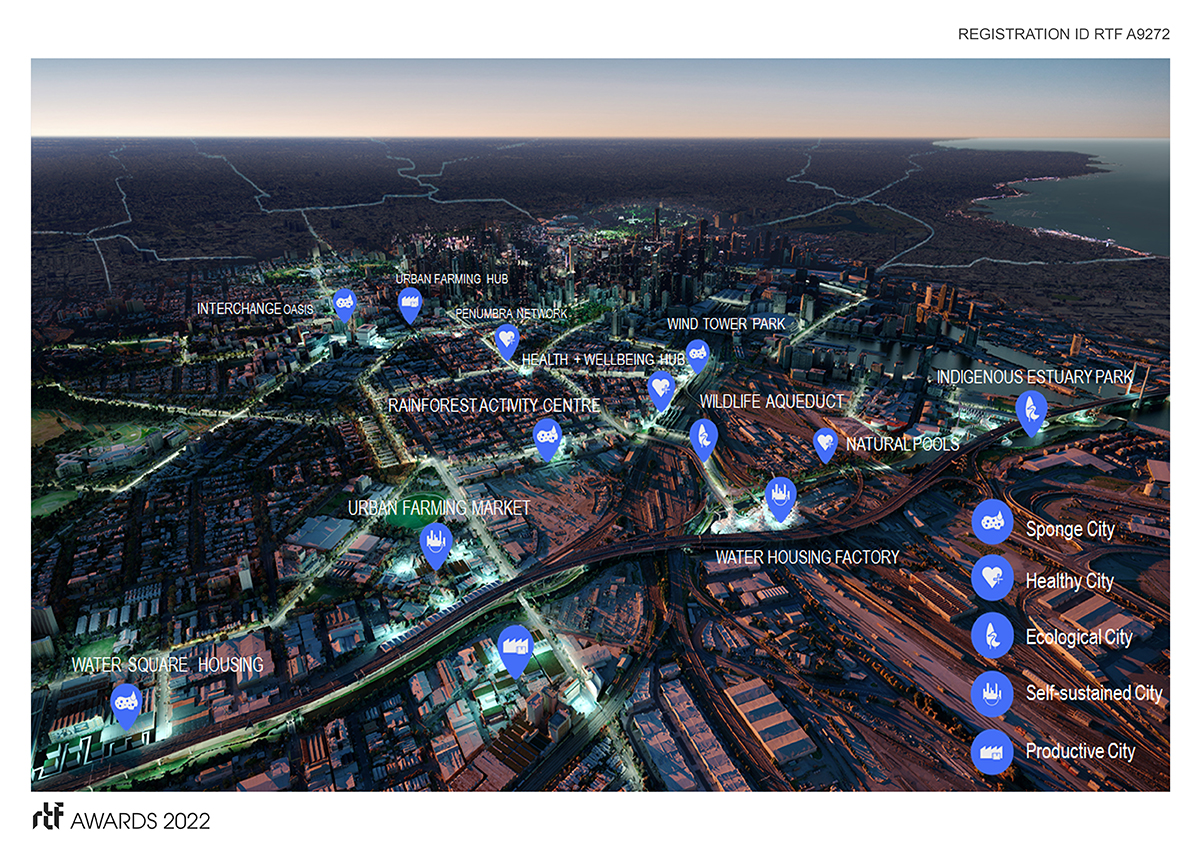
Image credit: XPACE architecture + urban design
The project reflects 5 themes:
- Sponge city concepts integrate water management into urban landscapes that include storage, recycling, re-use, adaptation and protection. For example, one solution diverts stormwater from a covered urban creek to create green spaces that connect local hospitals.
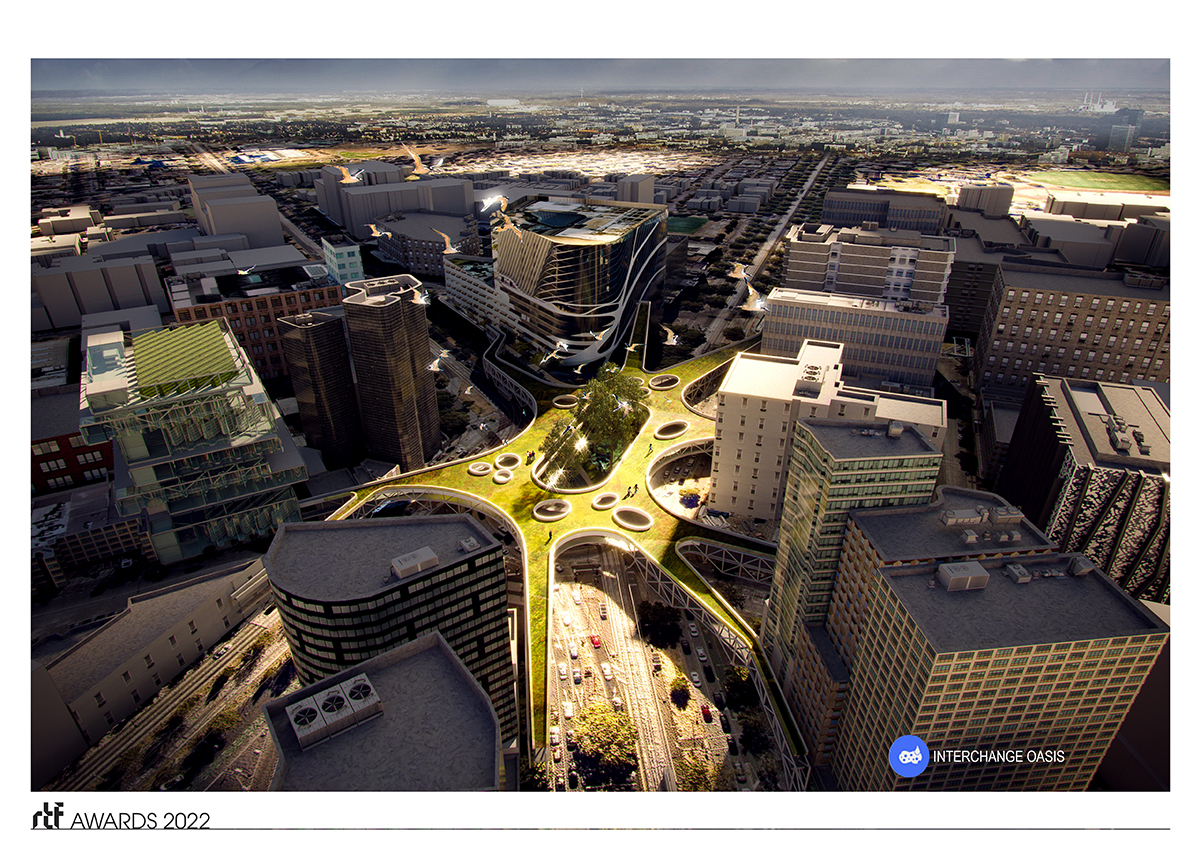
Concept: Sponge City
Proposal by XPACE architecture + urban design
Image credit: XPACE architecture + urban design
- Healthy city concepts address urban heat. For example, the rainforest activity centre reimagines a disused silo as a shaded platform for physical activity. Energy generated by abseilers and climbers recirculates water to mist an artificial rainforest.
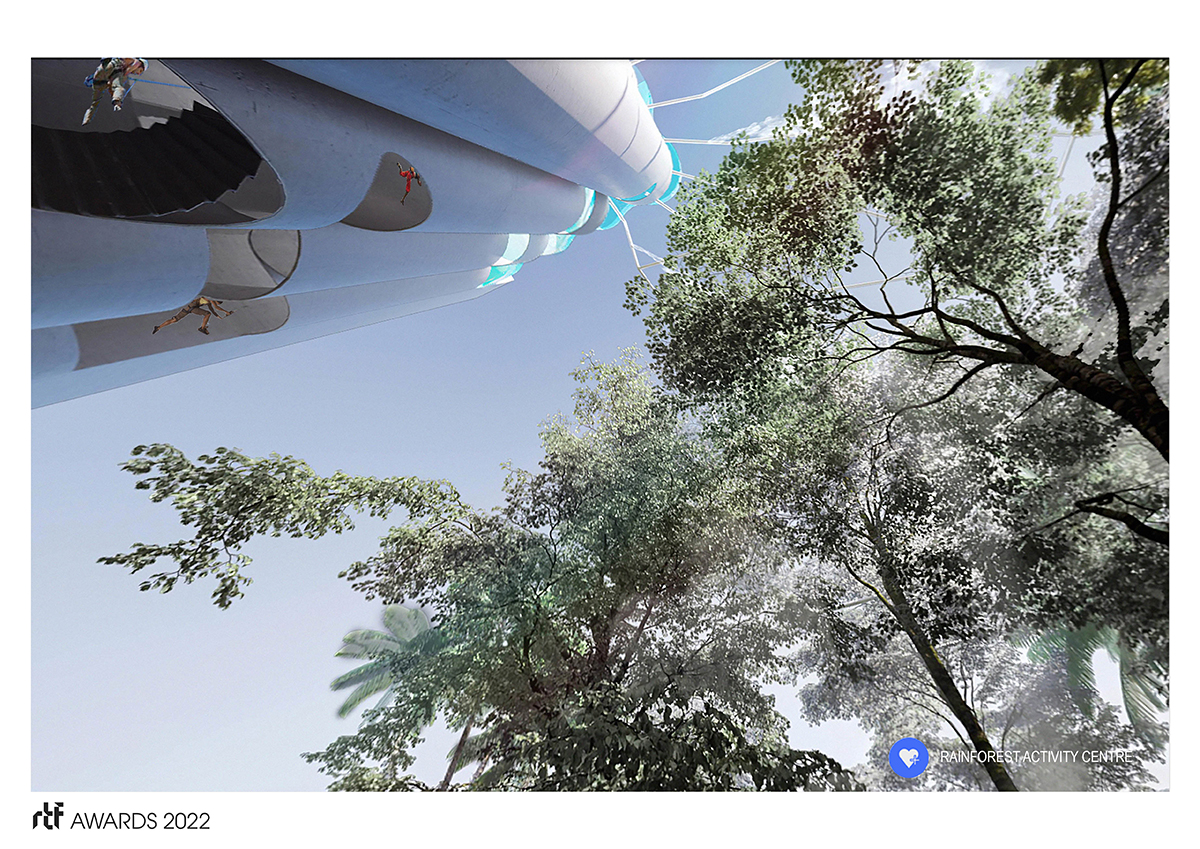
Concept: Healthy City
Proposal by Kristen Levey
VR model by Duy Phan
Image credits: XPACE architecture + urban design, Monash Architecture, CRCWSC
- The Ecological city reintroduces indigenous flora, fauna and practices of creating dams to increase biodiversity and flood protection.
- Self-sustained city concept introduces local food production using industrialised forms, roof retrofits and streets as spaces for community farming. An example is large scale indoor farming using a hydroponic system (Figure 4).
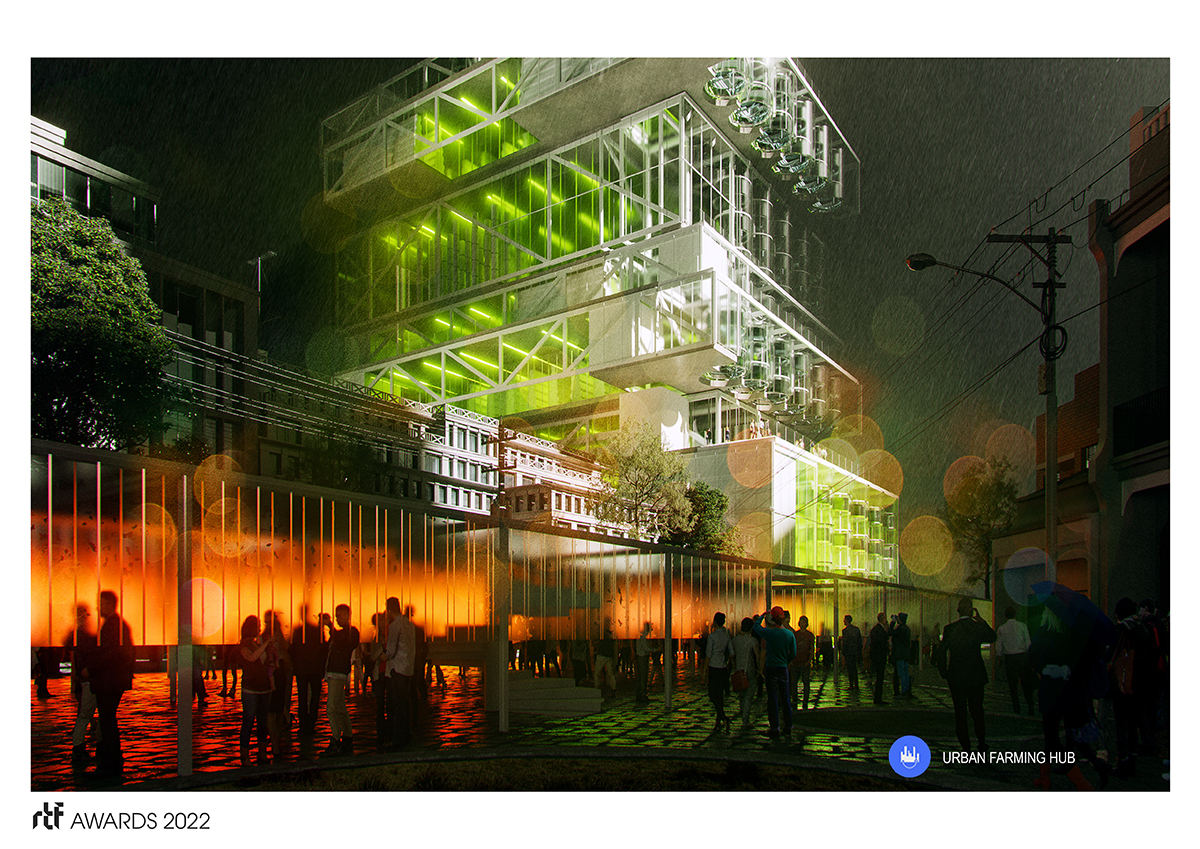
Concept: Self-sustained City
Proposal by Duy Phan
Image credit: Duy Phan
- Productive city concepts envision sustainable industries within the city from producing and testing flood-resistant housing to employing urban apiculture to pollinate vegetation and farming.
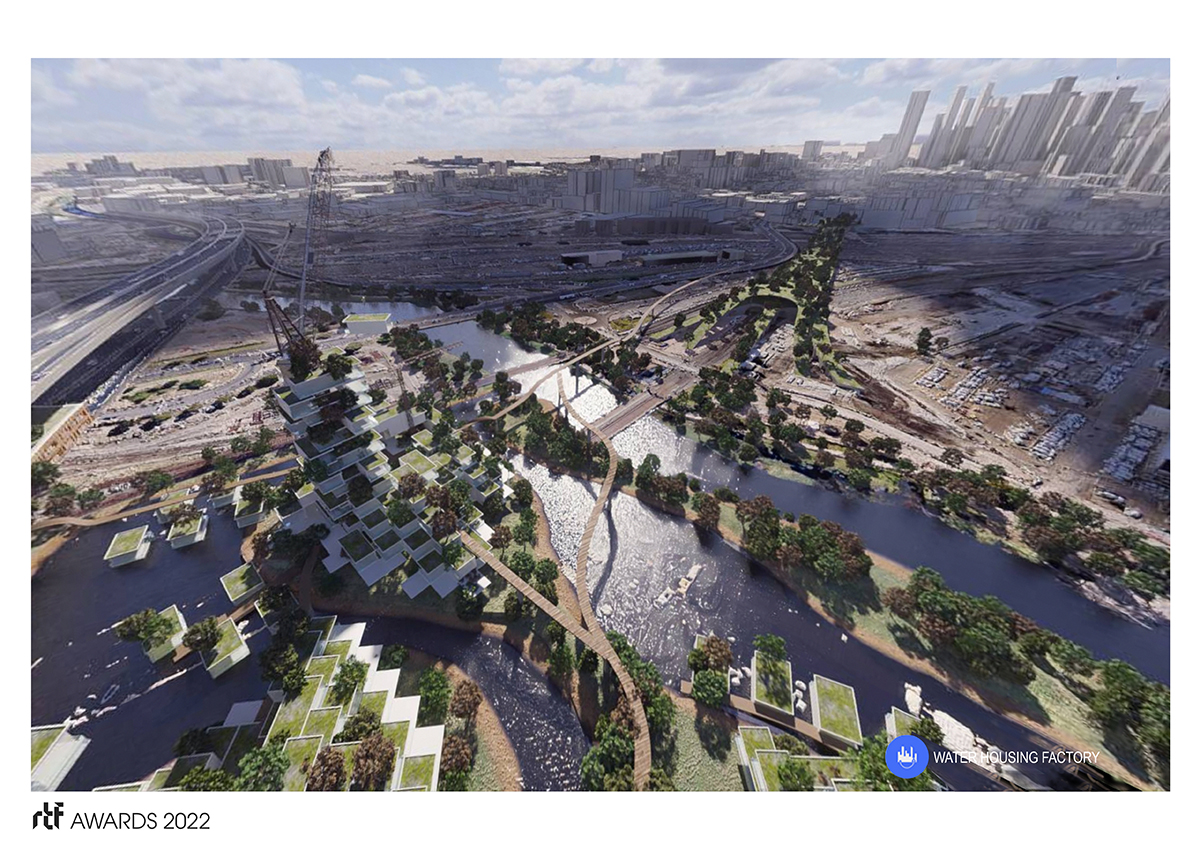
Concept: Productive City
Proposal by Brahn Smillie-Fearn Yasarhan Demirkol
VR model by Duy Phan
Image credits: XPACE architecture + urban design, Monash Architecture, CRCWSC
“As a city of parks, Melbourne is already privileged. The climate crisis demands even better responses: Retrofitting the existing urban fabric with continuous green networks and built forms that integrate architecture and landscape will offer many new benefits”, said Markus Jung (Director XPACE architecture + urban design).
“Transforming urban space into climate resilient space is important but time consuming. Why not start this process by initially taking advantage of existing green patches and connecting them up using architecture, landscape and engineering interventions to form a complete and smart cool line? So, we have transitional infrastructure that grows over time but people can quickly access in the short term. The opportunity and innovation that could occur in formulating the cool line is unlimited,” said Dr Jianbin Wang (Chief Innovation Officer, Water Sensitive Cities Australia).
“Melbourne Cool Lines’ gives the City of Melbourne the opportunity to incorporate innovative ideas into the work we do to create a more liveable city,” said Candace Jordan (Climate Change Adaptation Lead, City of Melbourne).
The Rethinking the Future Global Architecture and Design Awards recognise international excellence in architecture and design. Entries are judged by a panel of leading figures in the sector.
The project previously featured in the Venice Architecture Biennale 2021. It was also part of the City of Melbourne’s Design Week in 2020. Check out our video of the opening.